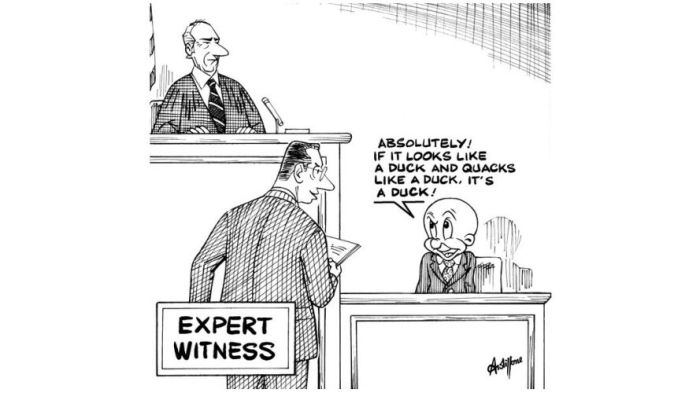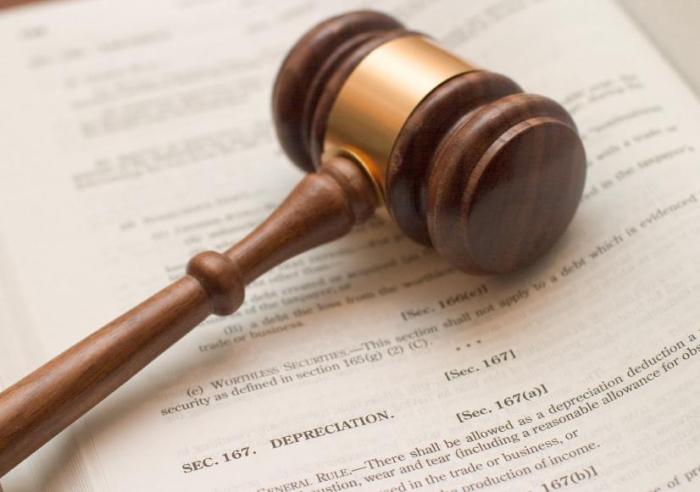Daubert ruling and frye standard similarities – The Daubert ruling and Frye standard are two influential legal standards that govern the admissibility of expert testimony in court. Both standards seek to ensure that expert testimony is reliable and scientifically valid, but they differ in their methodologies and scope of application.
This overview will explore the historical background, key differences, and similarities between the Daubert ruling and Frye standard, providing a comprehensive understanding of their impact on expert testimony.
The Daubert ruling, established by the Supreme Court in 1993, replaced the Frye standard as the governing standard for the admissibility of expert testimony in federal courts. The Daubert ruling introduced a more rigorous methodology for evaluating the reliability of expert testimony, focusing on factors such as the expert’s qualifications, the methodology used, and the peer review of the expert’s findings.
Daubert Standard and Frye Standard: Historical Background

The Daubert standard and Frye standard are two evidentiary standards used to assess the admissibility of expert testimony in legal proceedings. The Daubert standard, established in 1993 by the Supreme Court in Daubert v. Merrell Dow Pharmaceuticals, Inc., is the prevailing standard in federal courts and most state courts.
The Frye standard, formulated in 1923 by the District of Columbia Court of Appeals in Frye v. United States, was the dominant standard for expert testimony admissibility prior to the Daubert ruling. The key difference between the two standards lies in their approach to assessing the reliability of expert testimony.
Methodology and Framework
The Daubert standard employs a rigorous methodology for evaluating expert testimony. It requires judges to act as “gatekeepers” and determine whether the expert’s testimony is based on scientifically valid methodology and is relevant to the case at hand.
The Frye standard, on the other hand, focuses on whether the expert’s testimony is based on a “generally accepted” scientific principle or technique. This standard gives judges less discretion in assessing the reliability of expert testimony and places greater emphasis on the consensus within the relevant scientific community.
Applicability and Scope
The Daubert standard is applicable to all expert testimony in federal courts and most state courts. It has been applied in a wide range of cases, including those involving medical malpractice, product liability, and intellectual property.
The Frye standard, while still used in some state courts, has been largely superseded by the Daubert standard. Its limitations include its reliance on the consensus within the scientific community, which can be problematic in rapidly evolving fields of science.
Criticisms and Challenges: Daubert Ruling And Frye Standard Similarities
The Daubert standard has faced criticism for its potential to exclude valuable expert testimony and for its complexity and subjectivity in application. Some critics argue that it gives judges too much discretion in determining the admissibility of expert testimony.
The Frye standard has also been criticized for its lack of flexibility and for its reliance on the consensus within the scientific community, which can stifle innovation and the introduction of new scientific knowledge into the courtroom.
Case Studies and Comparisons

In Daubert v. Merrell Dow Pharmaceuticals, Inc., the Supreme Court applied the Daubert standard to exclude expert testimony regarding the link between Bendectin and birth defects. The Court found that the expert’s testimony was not based on scientifically valid methodology and was not relevant to the case.
In Frye v. United States, the District of Columbia Court of Appeals applied the Frye standard to exclude expert testimony regarding the use of a lie detector test. The Court found that the lie detector test was not generally accepted within the scientific community and was therefore not admissible.
Recent Developments and Trends

The Daubert standard has undergone significant interpretation and refinement since its inception. The Supreme Court has issued several rulings that have clarified the standard’s application and have provided guidance to lower courts.
The Frye standard, while still used in some state courts, has been largely eclipsed by the Daubert standard. However, it continues to influence the admissibility of expert testimony in certain jurisdictions.
Implications for Expert Testimony

The Daubert standard has had a significant impact on expert testimony. It has led to a more rigorous assessment of the reliability of expert testimony and has made it more difficult for experts to testify on matters that are not based on scientifically valid methodology.
The Frye standard has also had an impact on expert testimony, but its influence has diminished in recent years. It continues to be used in some state courts, but it is generally considered to be less reliable and less flexible than the Daubert standard.
Popular Questions
What is the key difference between the Daubert ruling and Frye standard?
The Daubert ruling focuses on the reliability of expert testimony based on factors such as the expert’s qualifications and the methodology used, while the Frye standard focuses on the general acceptance of the expert’s methodology within the relevant scientific community.
How has the Daubert ruling impacted the admissibility of expert testimony?
The Daubert ruling has made it more difficult for experts to testify in court, as it requires them to meet a higher standard of reliability. This has led to a decrease in the number of expert witnesses called in trials.
What are the criticisms of the Frye standard?
The Frye standard has been criticized for being too subjective and for excluding reliable expert testimony that is not widely accepted within the relevant scientific community.